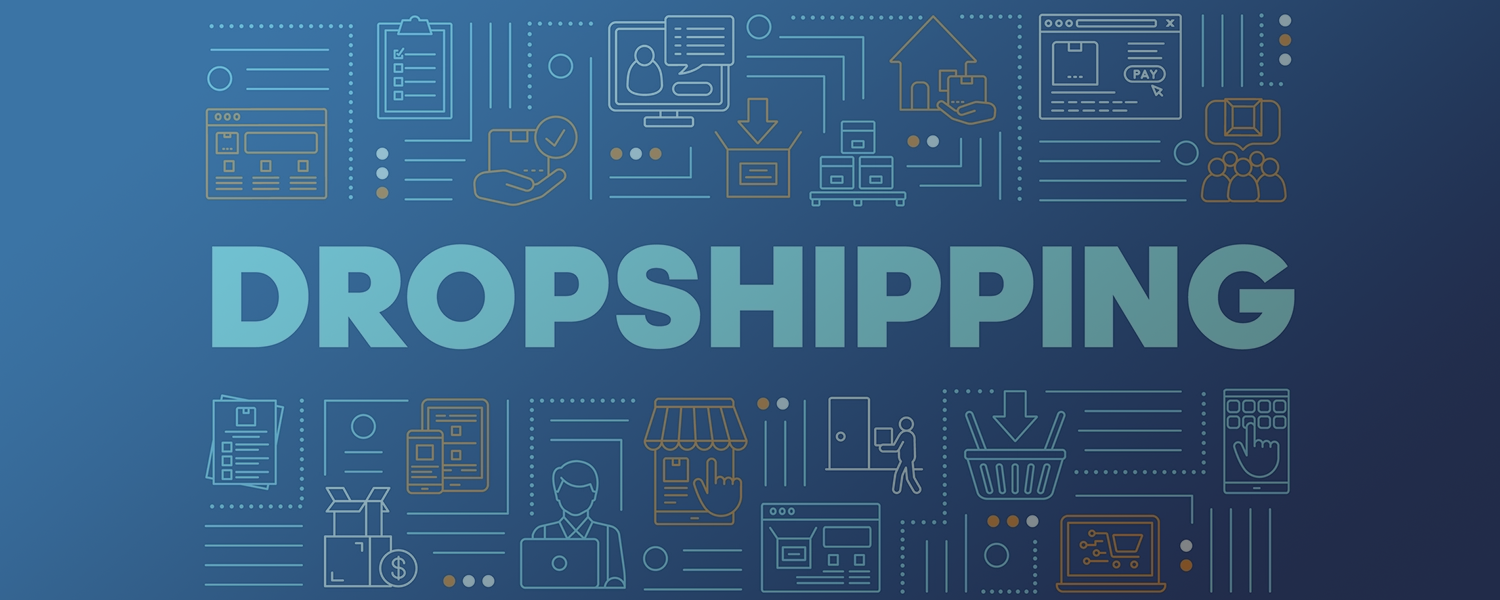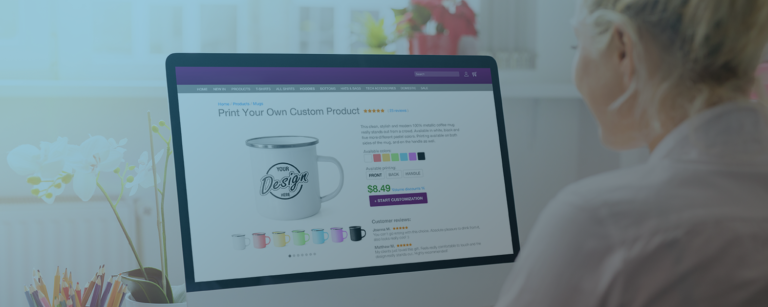The dropshipping business model has revolutionized e-commerce by eliminating one of the biggest hurdles for new entrepreneurs: inventory management. If you’re looking to enter the online retail space with minimal upfront investment, understanding how the dropshipping business model works is essential. In this comprehensive guide, we’ll explore everything you need to know to launch a successful dropshipping operation in 2025.
Simply put, dropshipping is a retail fulfillment method where a store doesn’t keep the products it sells in stock. Instead, when a store sells a product using the dropshipping business model, it purchases the item from a third party and has it shipped directly to the customer. This means the seller never sees or handles the product.
Table of Contents
- How the Dropshipping Business Model Works
- 5 Key Benefits of the Dropshipping Business Model
- Common Challenges in the Dropshipping Business Model
- 7 Essential Steps to Start Your Dropshipping Business
- 3 Essential Tools for Dropshipping Success
- Conclusion: Is the Dropshipping Business Model Right for You?
How the Dropshipping Business Model Works
The dropshipping business model follows a straightforward process that eliminates traditional retail complexities. When a customer purchases a product from your online store, you forward that order to your supplier. The supplier then packages and ships the product directly to your customer under your brand name. Your profit comes from the difference between what the customer pays you and what you pay your supplier.
This streamlined approach allows you to focus entirely on marketing, customer service, and scaling your business rather than worrying about warehouse space, inventory levels, or fulfillment logistics. The dropshipping business model effectively transforms your role from product manager to marketing specialist.
A Real-World Dropshipping Example
Let’s illustrate how the dropshipping business model works with a practical example:
Imagine you run an online store specializing in premium electronic accessories. A customer browses your professionally designed website and orders a high-capacity power bank for €50. Behind the scenes, you purchase this same power bank from your supplier for €30 and immediately forward the customer’s shipping details. Your supplier packages and ships the power bank directly to your customer in your branded packaging. The result? You’ve earned a €20 profit without handling inventory, managing shipping, or investing in stock.
5 Key Benefits of the Dropshipping Business Model
The dropshipping business model offers numerous advantages that make it particularly attractive for e-commerce beginners and established businesses looking to expand their product lines. Here are five compelling benefits:
- Minimal startup capital required: Unlike traditional retail, the dropshipping business model eliminates the need for significant inventory investment. You only purchase products after you’ve made a sale, drastically reducing your initial financial risk.
- Low overhead costs: Without warehousing expenses, staff to manage inventory, or unsold stock to worry about, your operational costs remain exceptionally low compared to conventional retail models.
- Location independence: The dropshipping business model allows you to run your business from anywhere with an internet connection. This flexibility has made it a favorite among digital nomads and lifestyle entrepreneurs.
- Extensive product selection: Without inventory constraints, you can offer a wider range of products to your customers and quickly test new items without financial risk.
- Scalability: As your sales increase, your workload doesn’t necessarily grow proportionally. Most of the order fulfillment process is handled by your suppliers, allowing you to scale efficiently.
For more insights on maximizing these benefits, check out our in-depth guide on E-Commerce Fundamentals for Beginners where we explore strategies to optimize your online store’s performance.
Common Challenges in the Dropshipping Business Model
While the dropshipping business model offers significant advantages, it’s important to be aware of the challenges you may face. Understanding these obstacles in advance will help you develop strategies to overcome them:
- Supplier dependency: Your business reputation depends largely on your suppliers‘ reliability. Late shipments, poor product quality, or packaging errors can damage your brand despite being outside your direct control.
- Competitive market landscape: The low entry barrier of the dropshipping business model means many niches become highly competitive. Standing out requires strategic marketing and exceptional customer service.
- Lower profit margins: Compared to bulk purchasing, per-item costs are typically higher in the dropshipping business model, which can reduce your profit margins.
- Complex shipping scenarios: If a customer orders multiple products from different suppliers, managing shipping costs and delivery times becomes more complicated.
Finding Reliable Dropshipping Suppliers
The foundation of a successful dropshipping business model is reliable suppliers. Here are some trusted platforms where you can find quality suppliers for your store:
- AliExpress – Popular for beginners due to its wide product range and no minimum order requirements
- Alibaba – Ideal for finding manufacturers willing to dropship with potential for higher margins
- SaleHoo – A directory of verified wholesale suppliers and dropshippers with excellent support
7 Essential Steps to Start Your Dropshipping Business
Launching a successful store using the dropshipping business model requires careful planning and execution. Follow these seven proven steps to build a profitable dropshipping business:
- Conduct thorough market research: Before diving in, research trending products and viable niches. Use tools like Google Trends, Amazon Best Sellers, and social media listening to identify opportunities with high demand and reasonable competition.
- Define your niche: The most successful dropshipping businesses focus on specific niches rather than selling everything. Choose a niche that balances your interests with market demand and profit potential.
- Create a business plan: Outline your business model, target audience, competitive analysis, marketing strategy, and financial projections. A well-structured plan for your dropshipping business model will guide your decisions and help secure any needed funding.
- Select reliable suppliers: Thoroughly vet potential suppliers by ordering samples, checking reviews, and testing their customer service. Your business reputation depends on their performance.
- Build your e-commerce store: Create your online store using platforms specifically designed to support the dropshipping business model, such as Shopify with Oberlo or WooCommerce with AliDropship. Focus on professional design, mobile optimization, and user experience.
- Implement a marketing strategy: Develop a multi-channel approach including SEO, content marketing, social media, and possibly paid advertising to drive traffic to your store.
- Optimize and scale: Once orders begin coming in, continuously analyze your performance data. Optimize product offerings, refine marketing strategies, and improve customer experience to scale your business.
3 Essential Tools for Dropshipping Success
Implementing the dropshipping business model effectively requires the right technological infrastructure. Here are three essential tools to streamline your operations:
- Shopify + Oberlo: The most popular combination for dropshipping beginners, offering seamless product imports from AliExpress and automated order fulfillment.
- WooCommerce + AliDropship: A customizable alternative for WordPress users who want more control over their store’s functionality and appearance.
- Product Research Tools: Services like Sell The Trend or Ecomhunt help identify winning products before they become oversaturated in the market.
Conclusion: Is the Dropshipping Business Model Right for You?
The dropshipping business model offers an accessible entry point into e-commerce with minimal risk and startup costs. It provides the flexibility to run your business from anywhere while testing products and markets without significant investment. However, success requires careful supplier selection, strategic marketing, and dedication to customer service excellence.
While not without challenges, dropshipping remains one of the most viable ways to start an online business in 2025. By following the seven-step process outlined above and leveraging the right tools, you can build a profitable dropshipping business even in competitive markets.
Remember: The key to success in the dropshipping business model lies not in finding a „magic product,“ but in creating a brand that delivers value, solves problems, and provides exceptional customer experiences.
Ready to start your dropshipping journey? Contact us for personalized guidance on launching your e-commerce business!






